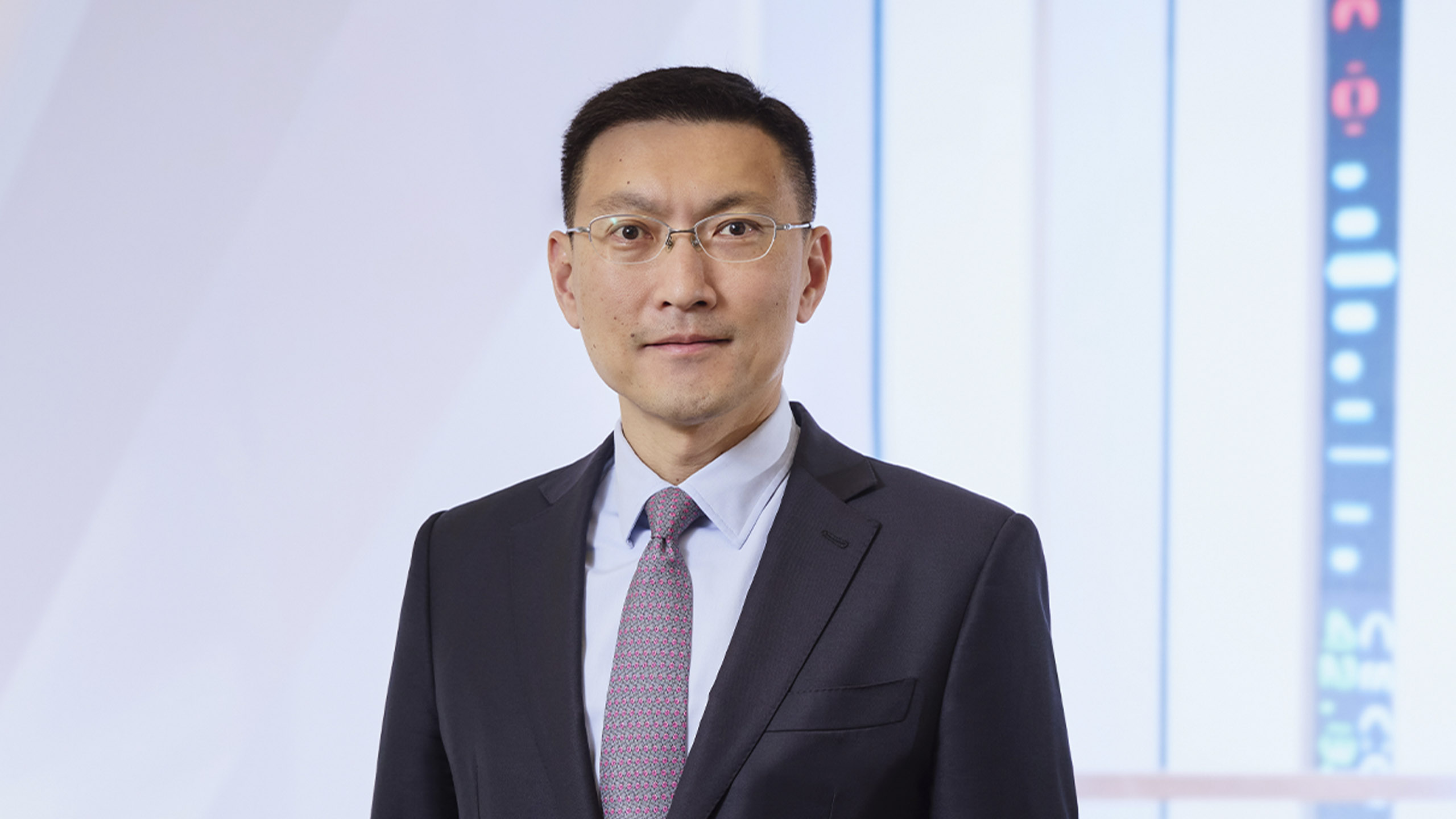Text on screen: Stephen Chang, Portfolio Manager, Asia
Text on screen: What are the key takeaways from our latest Cyclical forum?
Chang: This is a critical time for investors and policymakers. Geopolitical tensions, reduced market liquidity, and the fastest pace of central bank tightening in decades are contributing to unusually varied potential market outcomes ahead.
In PIMCO’s latest Cyclical Outlook, titled ‘Prevailing Under Pressure’, we shared our outlook for the coming six to 12 months.
Text on screen: Key Takeaways from our latest Cyclical Outlook
- Expect shallow recessions across developed markets
- Elevated inflation is likely to stick around
- Growth is unlikely to bounce back quickly
We expect shallow recessions across development markets, especially in the euro area and the U.K., with inflation remaining elevated and growth unlikely to bounce back quickly. Core inflation rates that are above central bank targets appear more entrenched, and although headline inflation is still likely to eventually moderate over our cyclical horizon, it now looks likely to take more time.
While we don’t expect a recession in China, we do see downside risks to real growth due to the country’s zero-COVID policy and property sector slump. Exports to the U.S., Europe, and other developed economies, which have been well performing over the past two years, will likely become a headwind for China’s policymakers, despite some rising trade with Russia.
For investors, we see this as a time for caution and flexibility in portfolios. But there is a bright spot to consider: With yields now higher, we believe bonds are attractive again, with greater potential for income and diversification than we’ve seen in years.
Text on screen: What are the implications of China’s new leadership team?
Chang: After the 20th National Congress of the Chinese Communist Party and at the 1st plenum of the central committee, a new group of Politburo members were elected. Its standing committee, the country’s highest-level leadership body, was also announced, with new joiners who appear to have had close working relationships with President Xi Jinping in the past, presenting a united vision.
At the March 2023 meeting of the joint congress, a new premier will be named to run the State Council, along with more details about appointments for the various government posts.
During this transition period, we expect more of the status quo and we will watch closely for any change in policy direction or implementation. For the moment, it would seem prudent to assume that the hurdle to invest in China remains high and the risk premium will stay elevated.
The ongoing Zero-COVID strategy remains a market worry for the economy, with the risk of periodic lockdowns, while support for the housing market may not be increased materially.
Overall, we remain cautious across currency, rates and credit given valuations, as well as economic headwinds from current policies.
Text on screen: What does the Congress mean for China’s macroeconomic policy over the medium term?
Chang: The Congress didn’t reveal any new surprises on the policy front, focusing on continuing Xi’s long-term agenda. Xi reiterated that development remains a top priority, with an emphasis on quality growth, while continuing to highlight industrial modernization, rural revitalization, and green development.
Xi noted the success of the zero-COVID strategy and pledged to strengthen the public health system and improve emergency management capacity, possibly to allow for some relaxation of COVID controls later. As for housing, the mantra of “housing is for living and not for speculation” remains in the Congress report, indicating no change to the long-term policy stance to foster only real end-user demand via various channels but limiting investment demand.
There was also a greater focus on innovation and national security, which is not surprising given the tense geopolitical environment and with the U.S.’s imposition of export controls on high tech chips to China. China has been adopting this dual circulation stance to foster a more open economy over time while retaining resilience in its supply chain and expanding domestic consumption for economic dynamism. However, with these multiple objectives and likely more hostility brewing, it will be an uphill battle.

